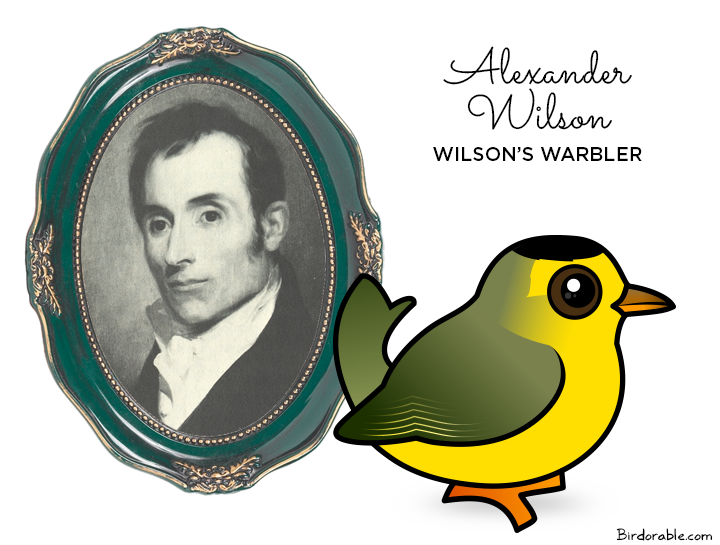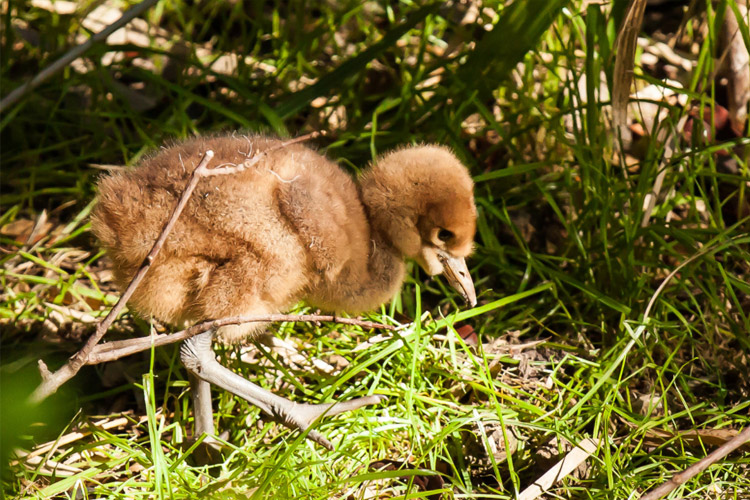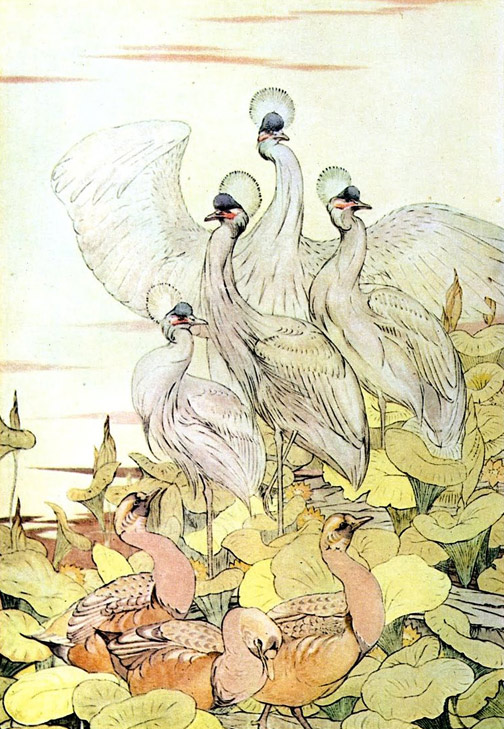We're celebrating warblers this week! Today we're sharing a few FAQs about this family of birds.
What is a warbler?
The name warbler is used to describe several different, unrelated, families of birds. So far, for Warbler Week, we have been talking about New World warblers, a group of small, often colorful, songbirds native to the New World (the Americas and nearby islands). New World warblers are in the taxonomic family Parulidae and there are just over 100 recognized species (Birdorable has 28).

The term Old World generally refers to Africa, Asia, and Europe together. Old World warblers make up a very large group of songbirds with a complicated taxonomy. There are over 400 species of Old World warbler, and most of them have a fairly undistinguished, often drab or plain appearance. Among some groups, field identification is a challenge. Birdorable has two closely related species of Old World warbler: the Sardinian Warbler and the Cyprus Warbler.

A third family of birds is known as the Australasian Warblers. There are over 60 species in this family, Acanthizidae, split into two subfamilies. Birds in this group include the Peep-warblers, the Mountain Mouse-warbler, and the Weebill, Australia's smallest bird.
What do warblers eat?
Most New World warblers are insectivores, meaning they eat insects. The different species have various hunting methods for catching prey. Many warblers glean insects from foliage. Some hunt by hovering or fly-catching on the wing. American Redstarts feed almost exclusively on the wing, flashing their tails to startle prey into flight. The Black-and-White Warbler hunts like a nuthatch, moving up and down trunks and branches of trees in search of food. While most warblers forage in trees, some species hunt for prey on the ground. Connecticut Warblers and Ovenbirds forage among dead leaves on the ground for insects and spiders to eat.
Many species of warbler will supplement their diet with vegetable matter, like berries, seeds, or nectar, especially on their wintering grounds. The Cape May Warbler has a tubular tongue that it uses to feed on berry juice and nectar.
Why are they called warblers?
A warbler is one who warbles. The word warble comes from werbler, an Old French word meaning "to sing with trills and quavers". The Old World family of birds was first called "warblers", the name being given sometime around 1773. Old World warblers may look a bit drab, but they sure can sing. The New World warblers were given their family name due to their resemblance in size and shape to the Old World family.
What is the collective noun for warblers?
Like a flock of birds or a murder of crows, collective nouns are used to name a group of birds. A group of warblers is called a bouquet, a confusion, a fall, or a wrench of warblers. We also say there is a cord of wood-warblers.
In addition, there are several collective nouns for specific warbler species:
- A dichotomy, distinction, or integration of Black-and-white Warblers;
- A contusion of Black-throated Green Warblers;
- A skulk or Yankee of Connecticut Warblers;
- A seclusion of Hermit Warblers;
- A Derby of Kentucky Warblers;
- A scarcity of Kirtland's Warblers;
- A corsage of Magnolia Warblers;
- A wake of Mourning Warblers;
- A stew of Ovenbirds;
- A reading of Palm Warblers;
- A cone of Pine Warblers;
- An embarrassment of Red-faced Warblers;
- A teeter of waterthrushes; and
- A stream, sweetness, or trepidation of Yellow Warblers.







































